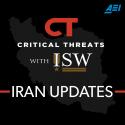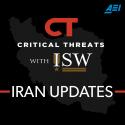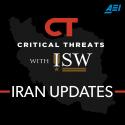A US senior defense official said Iran, Russia, and Syria are cooperating to pressure the US to withdraw forces from Syria. This is consistent with CTP’s assessment that Iran’s military buildup in eastern Syria may be to achieve hegemony.
Iraqi Prime Minister Mohammed Shia' al Sudani met with Syrian President Bashar al Assad in Damascus on July 16 to discuss economic, security, and normalization issues. The improvement of Iraqi-Syrian relations through joint economic integration projects very likely would enable Iran to exploit regional trade to improve its economy and bolster Iranian regional influence.
Senior Iranian and Pakistani military officials met in Tehran between July 15 and 17. The meetings likely regard the volatile security situation in southeastern Iran, where Jaish al Adl conducted an attack on July 8.
Israel-based i24News claimed on July 16 that Armenia has used Iranian Shahed drones in several recent clashes with Azerbaijan. Iran may expand its military support to Armenia in response to Russian “negligence” toward the Caucasus.
The Iranian Law Enforcement Command (LEC) resumed the country-wide deployment of its morality patrol officers to enforce mandatory veiling on July 16.











